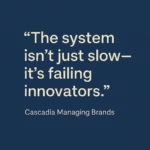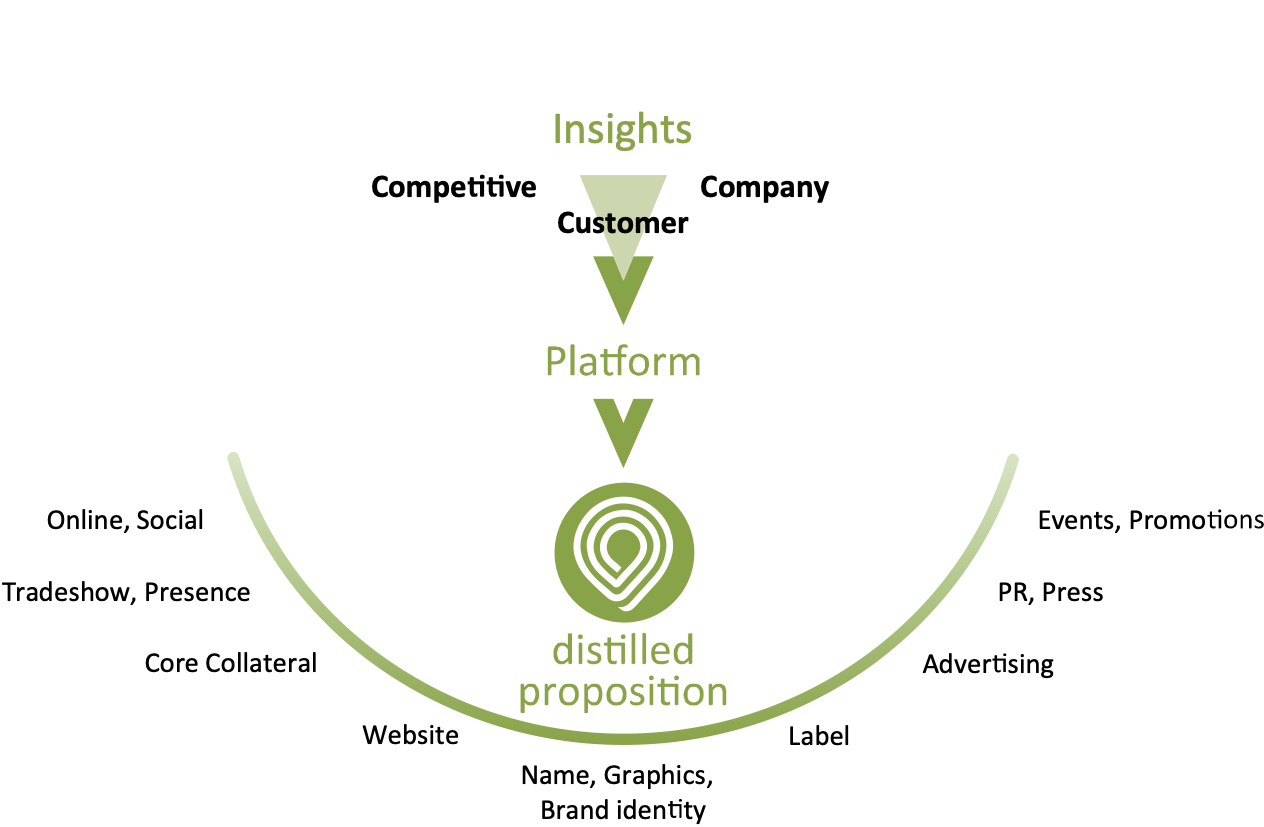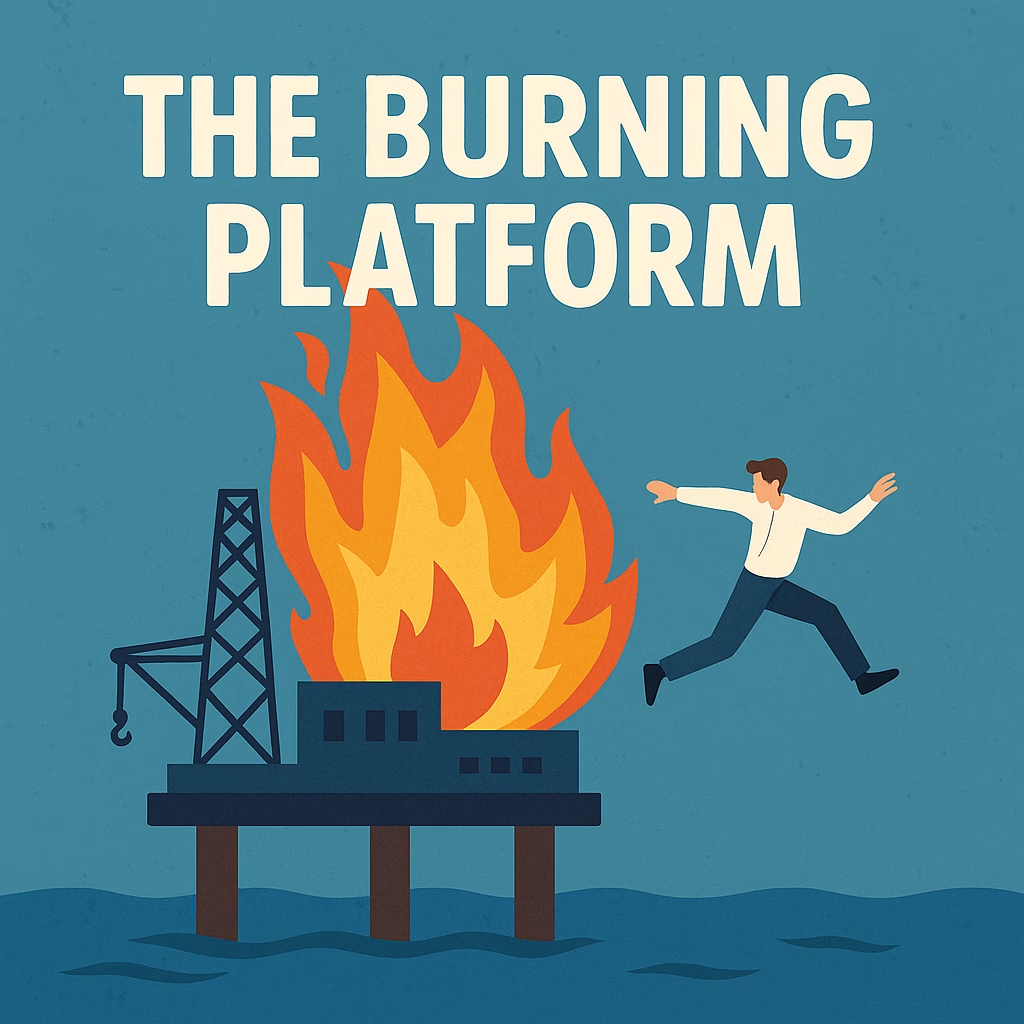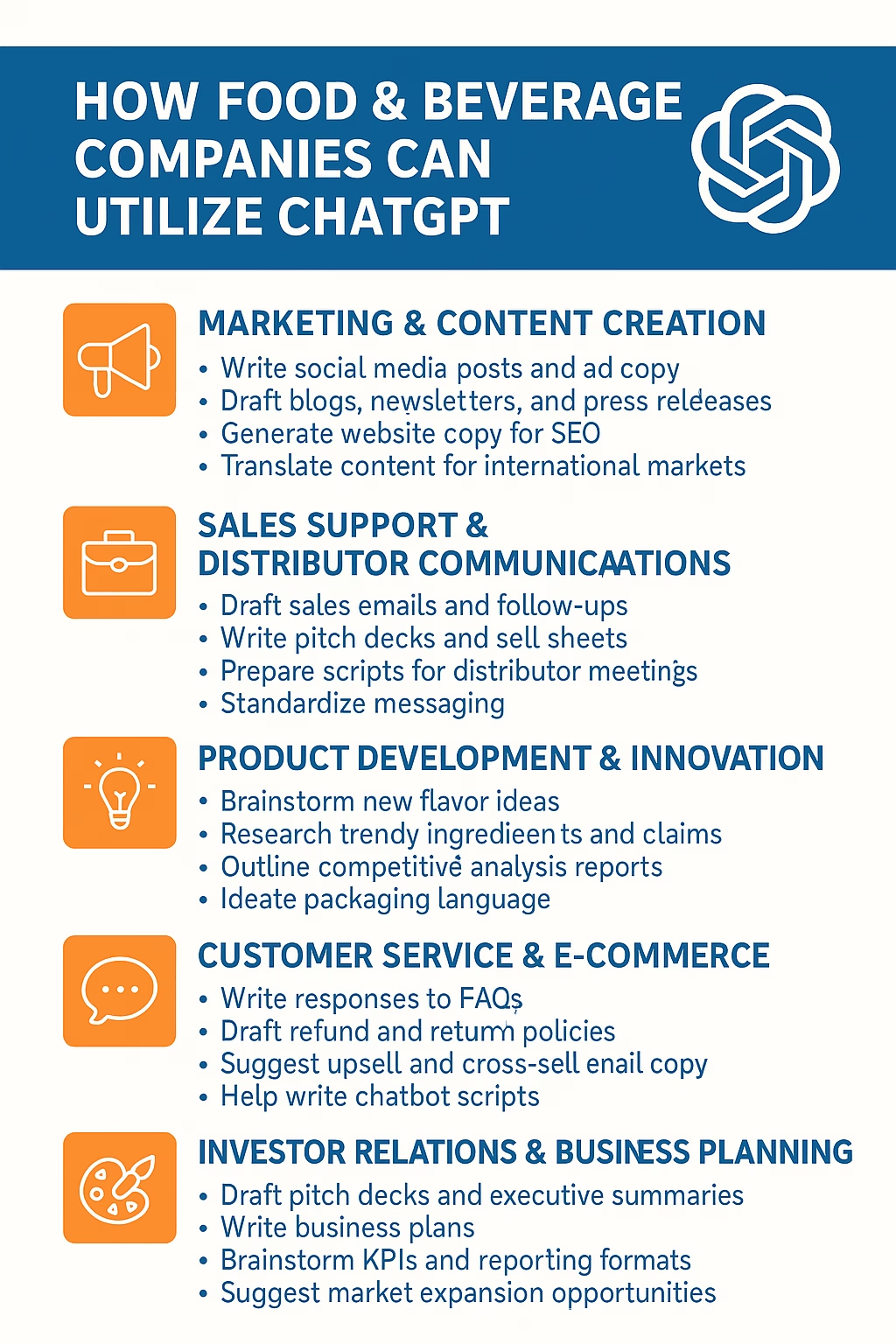This roadmap serves as a strategic compass for anyone building a brand—from early-stage entrepreneurs to CMOs at global companies. Follow…
Why Most Meetings Suck — and How to Make Yours Actually Matter
Learn how to run effective meetings that actually lead to action. Discover why agendas, action registers, and eliminating post-meeting side chats are essential for workplace productivity.
We need to talk about meetings. Specifically: why they suck.
Most are bloated, aimless, and an absolute waste of time. They kill momentum, stall decisions, and drain energy from people who should be solving problems — not talking in circles.
Even JPMorgan Chase CEO Jamie Dimon agrees. In his 2024 shareholder letter, he declared that leaders should “kill meetings” unless they’re intentional, well-led, and outcome-driven. The man runs a $700 billion business. He’s not wrong.
This article breaks down what effective meetings actually look like — and how to fix the ones that aren’t. Whether you’re a founder, a manager, or a team member, this is your guide to making meetings matter again.
The Problem: Meetings for the Sake of Meetings
We’ve all seen them: recurring Zoom calls with no agenda, too many attendees, and no real decisions made.
When meetings become routine rather than strategic, your team isn’t collaborating — they’re treading water.
Symptoms of broken meetings:
- No stated purpose or agenda
- Too many irrelevant attendees
- Tangents, politics, and side discussions
- No follow-up, accountability, or outcomes
The Fix: How to Run Effective Meetings
Here’s a breakdown of what productive, actionable meetings look like — using lessons from Jamie Dimon and years of real-world experience.
1. Every Meeting Must Have an Agenda — Sent at Least 24 Hours in Advance
If there’s no agenda, there shouldn’t be a meeting.
An agenda provides structure, clarity, and a shared understanding of what needs to be accomplished. It should be:
- Distributed at least 24 hours in advance (so people can prepare)
- Clearly prioritized
- Finalized by the organizer with room for occasional updates
Late agendas cause real damage:
- People show up unprepared
- Loud voices dominate the conversation
- Meetings become reactive instead of proactive
Want a better way? Use this meeting agenda template (insert internal link to your download or resource page).
2. Start With a Clear Purpose
No more “touch base” or “check-in” sessions. If your meeting doesn’t have a defined outcome — cancel it.
Ask:
- What’s the one decision we need to make today?
- What’s the one problem we’re solving?
Tip: Put the objective in the calendar invite and agenda title.
3. Use an Action Register — Every Time
Conversations are great. Outcomes are better.
A solid action register (insert internal link) keeps everyone aligned. It should include:
- Action item
- Responsible person
- Deadline
- Priority
- Status
Want a plug-and-play version? Download our action register template here (internal link or lead magnet).
4. Assign a Meeting Leader and a Note-Taker
Every meeting should have a designated:
- Facilitator to manage flow and focus
- Scribe to capture key decisions and action items
Without these roles, meetings spiral and important details fall through the cracks.
5. Keep the Guest List Tight
Only invite people who are:
- Decision-makers
- Subject-matter experts
- Directly impacted by the outcome
Everyone else? Send them the recap.
Related reading: How to manage cross-functional teams without adding meetings (Harvard Business Review)
6. Eliminate the “Meeting After the Meeting”
This is where transparency dies.
When people save their real opinions for hallway chats or Slack DMs, you’ve lost the room. Jamie Dimon called this out directly:
“Don’t bother. Be transparent with your colleagues.”
Real consequences:
- Undermines decisions
- Creates two versions of truth
- Wastes time with rework and side alignments
Fix it by:
- Calling it out when it happens
- Ending meetings with: “Is there anything we’re not saying that we should?”
- Documenting any post-meeting decisions transparently
7. Prepare Before You Show Up
No one should be reading the deck for the first time during the meeting.
Doing the prep respects everyone’s time. If someone’s unprepared, call it out privately — and stop rewarding last-minute winging.
8. Ban Notifications and Distractions
No Slack pings. No texting. No multitasking.
Jamie Dimon called this behavior “disrespectful.” He’s right. If you’re in the room, be in the room.
9. Speak Like a Human
Ditch corporate-speak.
Say what you mean. Jargon slows everyone down and hides accountability. Plain language is powerful language.
10. Start and End on Time
Punctuality is a leadership trait.
- Start at the scheduled time — even if people are late
- End on time — or earlier
- Summarize key takeaways at the 5-minute warning
Respect the clock, and people will respect your meetings.
11. Follow Up Like a Pro
The meeting doesn’t end when the Zoom call drops.
Send a follow-up email or message that includes:
- Key decisions made
- Assigned action items (link to register)
- Next steps or check-in date
This is how you create accountability and momentum.
BONUS: When NOT to Meet
Ask yourself:
- Can this be handled in a 5-minute call or Slack message?
- Is a shared doc better than a group chat?
If yes, don’t call a meeting.
Final Thoughts: Lead the Culture You Want
Meetings should be accelerators — not anchors.
Kill the ones that waste time. Run the ones that drive results. And build a culture where people look forward to meetings because they know something is going to get done.
And if you need a place to start?







